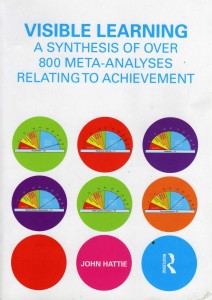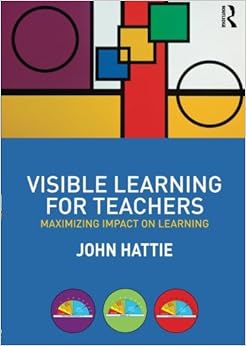RTI Innovations Blog Post
I had the opportunity to attend the RTI Innovations conference in Salt Lake City recently, which is self-proclaimed as a conference “by doers for doers.” As an Edcamp fanatic, I knew this sounded good! I chose to attend the secondary strand since there is so little research and writing on what works in secondary interventions. I went fully expecting to compile a list of research-based interventions that worked perfectly in high schools and that I could go back to Ingham County and implement easily! My second session was on scheduling in the secondary building and again, I planned to come back with the “perfect” schedule that would cure all of the problems in our secondary schools. It was going to be great and as a new hire at the ISD, it was going to help me establish myself within Ingham County!
However, the bulk of what I experienced during the first day was on core instruction. No talk of interventions, but how one school district in Utah saw remarkable gains by improving their core instruction. They established a common curriculum that was aligned to the CCSS, hired academic coaches to assist teachers in implementing this curriculum, focused heavily on literacy in all grade levels and subject areas, and used common formative assessments to guide their teaching and learning. It was remarkable simple in it’s notion. No crazily concocted schedule, no schlepping kids from one intervention to another without any electives or recess, just good, solid, quality teaching. What an idea!
It occurred to me that much of the MTSS implementation I have been a part of has been focused on Tier 2 and Tier 3 kids. We threw together interventions and even used data to place kids into those interventions. We spent hours planning those interventions and discussing how to align them with our standards based grade intiative. But, we rarely talked about the core instruction piece. How could we improve our teaching? Was there a standard that my collegue’s kids outperformed mine on? How could I learn from what he or she had done?
What I heard from Anita Archer on the final day of the conference just served to confirm what I had already realized. Our money, time, and effort should be spent on helping teachers get better at their craft! Now, this is hard work! This is not as easy as simply plugging in an intervention program. It takes data, reflection, and a willingness to see teaching with a growth mindset!
So it is with this in mind that I begin my new work as an Academic Consultant. I hope to work with teachers as they improve their instruction for all students. It will not be an easy task, but one that is incredibly worthwhile for our future student success.



